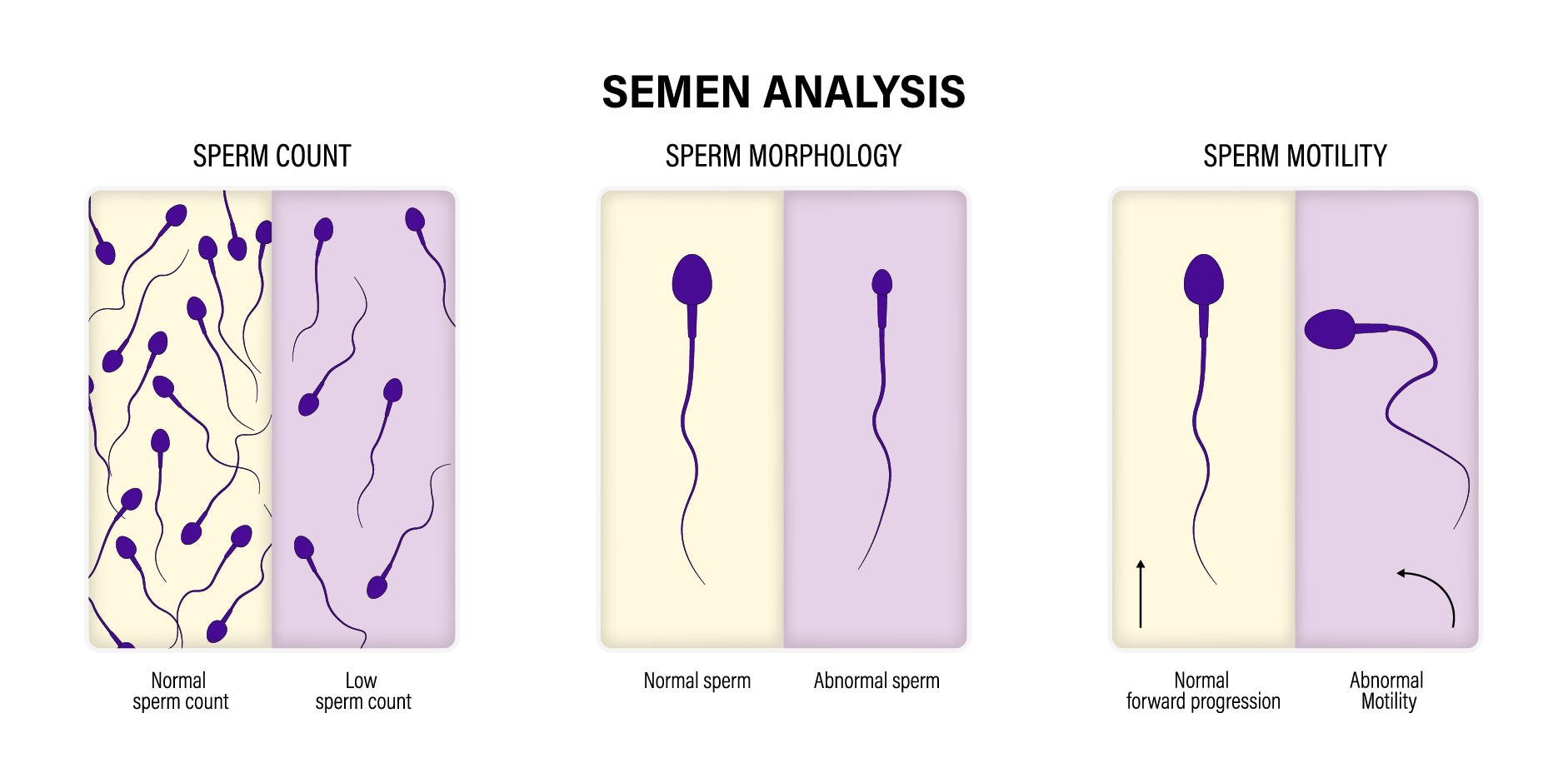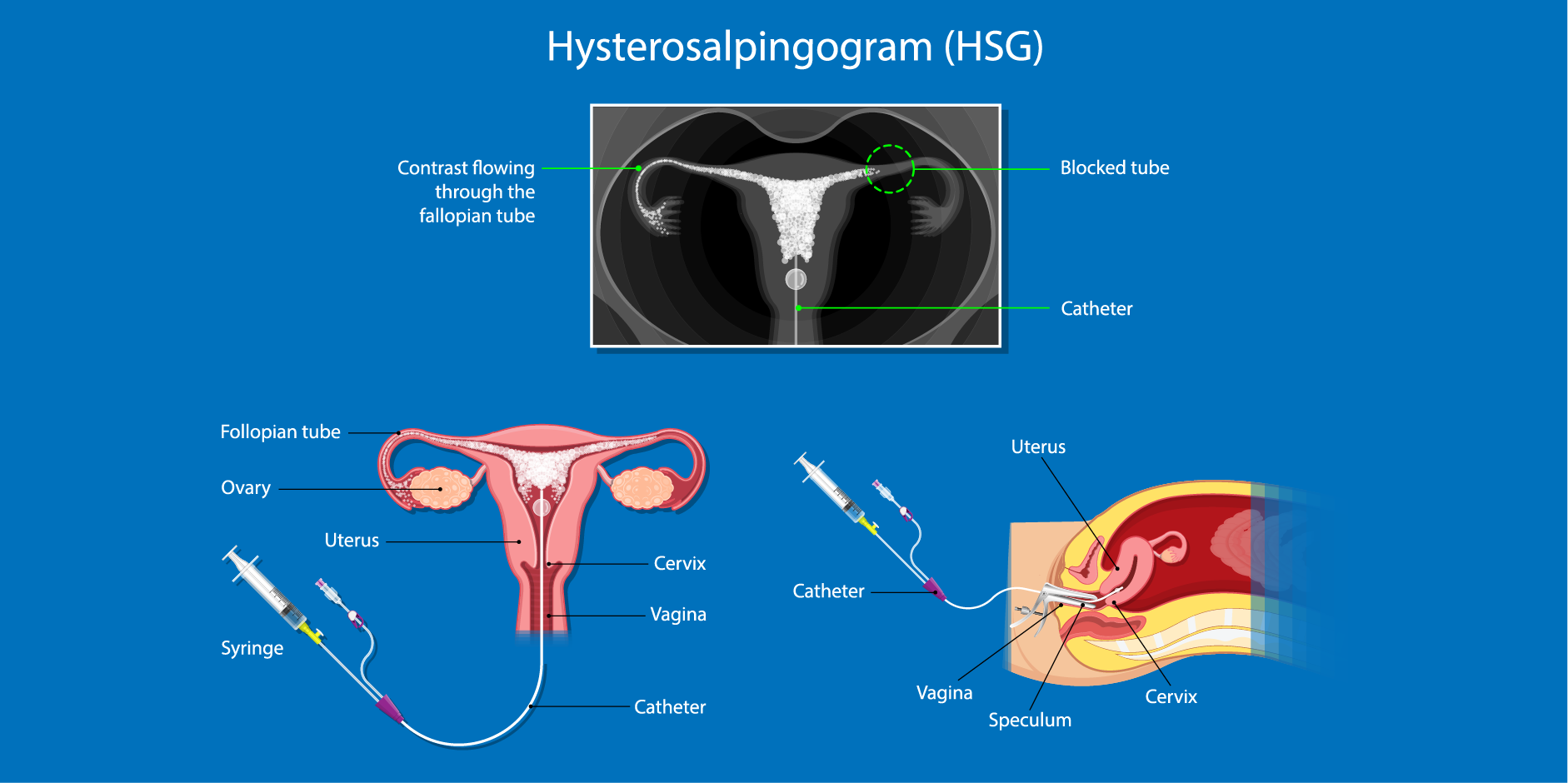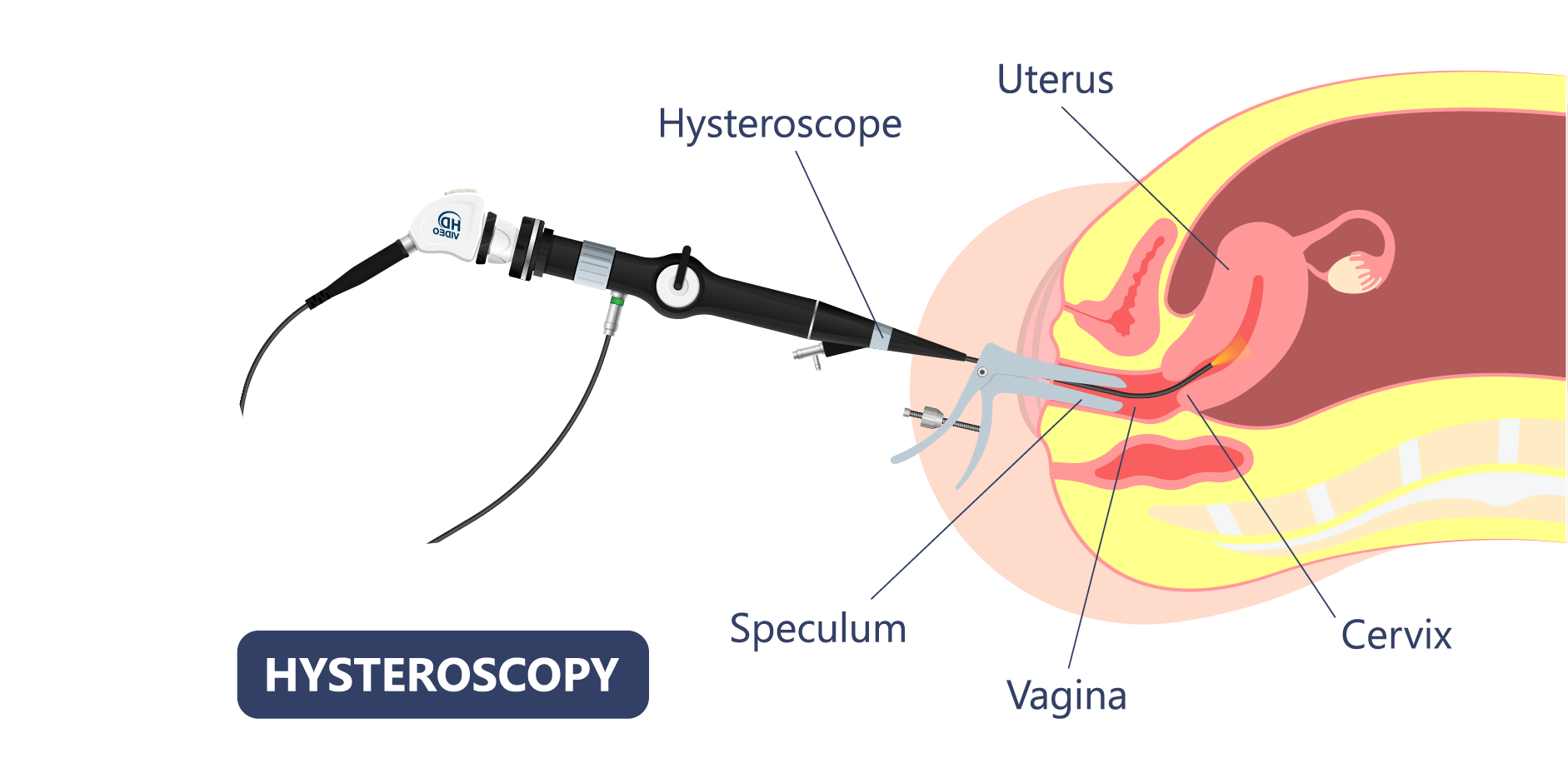Nội dung của trang này:
Nội dung của trang này:
Laboratory Tests and Ancillaries
Diagnostic
Assessment
Most couples will
require the following diagnostic tests:
Semen Analysis
 Infertility_Diagnostics 1
Infertility_Diagnostics 1Semen analysis is done to exclude abnormalities in the semen and to rule out azoospermia. Confirmatory tests are ideally repeated after 3 months or as soon as possible if there is gross deficiency.
|
World Health Organization's (WHO) Accepted Reference Values for Semen Analysis, 2021 |
|
|
Parameter (Units) |
Reference Value (Lower Limits, Fifth Percentile) |
|
Serum volume (mL) |
1.4 |
|
pH |
≥7.2 |
|
Sperm concentration (106/mL) |
16 |
|
Total sperm number (106/ejaculate) |
39 |
|
Total motility (%) |
42 |
|
Progressive motility (PR, %) |
30 |
|
Vitality (live spermatozoa, %) |
54 |
|
Sperm agglutination |
Absent |
| Sperm morphology (normal forms, %) |
WHO criteria: Lower reference limit for normal forms is 4% |
References: 1) The
Unexplained Fertility Guideline Group, Romualdi D, Ata B, Bhattacharya S, et
al. Evidence-based guideline: Unexplained infertility. ESHRE.
https://www.eshre.eu/. 2023. 2) World Health Organization (WHO). WHO laboratory
manual for the examination and processing of human semen. 6th ed. WHO.
https://www.who.int/. 2021.
Assessment of
Ovulatory Function
Ovarian reserve,
which is the number of oocytes available for fertilization at a point in time,
may be assessed through serum tests or ultrasonography. Tests include cycle day
three follicle-stimulating hormone or estradiol, Clomifene citrate challenge
test, anti-Müllerian hormone (AMH), or antral follicle count (AFC). AFC and AMH are the most simple, sensitive, and
specific tests for ovarian reserve. The presence of reduced ovarian reserve
predicts future response to ovarian stimulation. Tests to determine ovarian
reserve are not necessary to identify the etiology of infertility or to predict
the probability of spontaneous conception over 6-12 months in women with
regular menstrual cycles.
Inquire about the frequency
and regularity of menstrual cycles. Women with regular cycles are likely to be
ovulating. In women with regular menstrual cycles, perform a midluteal phase
serum progesterone level (day 21 of a 28-day cycle) to confirm ovulation. The
European Society of Human Reproduction and Embryology (ESHRE) does not
routinely recommend tests to confirm ovulation in women with regular menstrual
cycles but if needed, tests (eg urinary luteinizing hormone measurement, ultrasound
[US] monitoring, mid-luteal progesterone measurement) may be performed to
confirm ovulation. In women with prolonged irregular cycles, serum
gonadotropins (follicle-stimulating hormone and luteinizing hormone) and serum
progesterone should be measured. Serum progesterone should be measured based on
timing of menstrual periods, which may be done later in the cycle and then
repeated every week until the next menstrual cycle starts. Prolactin and
thyroid function should only be evaluated in patients with signs and symptoms
of thyroid dysfunction, ovulatory disorder, galactorrhea, or pituitary tumor.
Testosterone level may also be checked for hyperandrogenism.
Other Diagnostic
Tests
Initial laboratory tests include complete blood count (CBC),
urinalysis, screening for sexually transmitted infections (eg Chlamydia trachomatis),
rubella and varicella titers, and Pap smear. Screening for other endocrine
diseases is not routine and is done only based on findings obtained from
history and physical examination. Monitoring and charting basal body
temperature is unreliable and is no longer recommended. Post-coital testing of
cervical mucus has no predictive value and is also not recommended in couples with
unexplained infertility.
Imaging
Further Evaluation
Assessment of Tubal Patency
Prior to instrumental testing of tubal patency, women should be
offered a screening test for Chlamydia trachomatis.
Hysterosalpingography (HSG)/Sonohysterogram
 Infertility_Diagnostics 2
Infertility_Diagnostics 2Sonohysterogram is usually preferred in women without known comorbidities (eg pelvic inflammatory disease [PID], previous ectopic pregnancy, endometriosis) to rule out tubal occlusion.
Laparoscopy
Laparoscopy may be preferred in women with known comorbidities so that tubal and other pelvic pathologies can be investigated. This is considered when hysterosalpingography suggests tubal disease that may be repaired. A routine diagnostic laparoscopy is not recommended to diagnose unexplained infertility.
Assessment of Uterine Cavity
Two-dimensional (2D) or Three-dimensional (3D) Transvaginal Ultrasound (US)
Two-dimensional (2D) or three-dimensional (3D) transvaginal ultrasound helps in the detection of uterine leiomyomas affecting the uterine cavity. The use of 3D ultrasound improves the detection of Müllerian anomalies, and its diagnostic accuracy is comparable with a magnetic resonance imaging (MRI). A 3D ultrasound is preferred to rule out uterine anomalies in women with unexplained infertility. This may be used to distinguish between a uterine septum and a bicornuate uterus.
Sonohysterography
Saline infusion sonohysterography provides information about the endometrial cavity, myometrium and adnexa and is the preferred imaging modality to assess the uterine cavity. This is better than a routine ultrasound in terms of diagnosing intrauterine adhesions, polyps and congenital uterine anomalies.
Hysteroscopy
 Infertility_Diagnostics 3
Infertility_Diagnostics 3Hysteroscopy is a definitive modality for the evaluation of endometrial cavity abnormalities. This is indicated for the confirmation and treatment of intracavitary lesions detected by other imaging modalities. An advantage of hysteroscopy is that it offers an opportunity for treatment at the time of diagnosis when performed in the operating room. This is not routinely used for initial evaluation of women with infertility due to cost and access considerations.
Hysterosalpingography
Hysterosalpingography can detect developmental or acquired anomalies of the uterine cavity which can negatively impact fertility, including submucous fibroids, polyps, synechia, a T-shaped cavity, and congenital Müllerian anomalies. Abnormalities identified on hysterosalpingography require further evaluation with other imaging modalities such as 3D ultrasound, hysteroscopy, MRI or laparoscopy.
